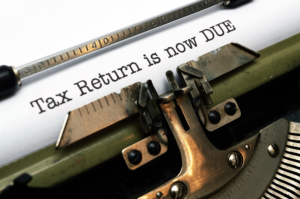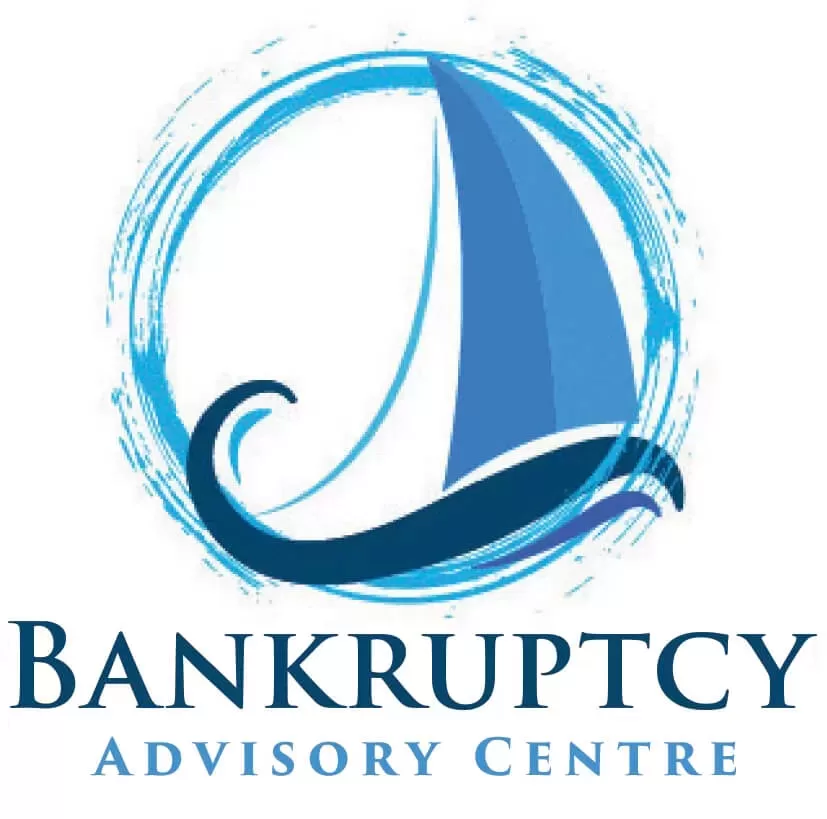ATO Debt Repayment Options and Negotiation Tips in Australia
Facing Australian Taxation Office (ATO) debt can be challenging and stressful for individuals and businesses. However, the ATO offers various repayment options, ways to pay your debt, and negotiation avenues to assist taxpayers in managing their tax liabilities effectively. In this article, we will explore the debt repayment options available and provide negotiation tips when dealing with ATO debt in Australia. They also have a payment plan estimator available to help you.

ATO Debt Repayment Options
Payment Plans for Tax Debt
The ATO payment plans allow taxpayers to set up a payment plan to repay their tax debt over time. An ATO payment plan option provides more manageable instalment payments, allowing individuals and businesses to spread the debt over an agreed period.
Lump Sum Payment
Taxpayers can pay the ATO debt in full with a lump sum payment. This approach eliminates the debt and may provide an opportunity for negotiating reduced penalties or interest.
Consolidation Loan
Sometimes, taxpayers may consider obtaining a consolidation loan to pay off the ATO debt. This option consolidates various debts into one loan, simplifying repayment and potentially reducing overall interest.
Early Release of Superannuation
Under specific circumstances, individuals facing financial hardship may be eligible to apply for early release of their superannuation to address ATO debt.
Negotiated Settlement
In exceptional cases, taxpayers may negotiate a settlement with the ATO to resolve the debt for less than the total amount owed. This option typically requires a substantial financial hardship demonstration, such as bankruptcy.
Bankruptcy Option
When someone enters into bankruptcy, all ATO debt is absolved. There is no requirement for any payment plan as the debt is removed in full. The only debts that cannot be removed permanently via Bankruptcy are Centrelink, Child Support, HEX Debt or Court Imposed Fines.
Negotiation Tips for ATO Debt – Payment Plans a guide
Prompt Communication
Contact the ATO as soon as possible upon realising the inability to pay the tax debt. Prompt communication demonstrates a willingness to address the issue and can lead to more favourable negotiation outcomes.
Provide Full Financial Disclosure
Be transparent and provide the ATO with an accurate overview of your financial situation. This includes income, assets, liabilities, and any factors contributing to the economic hardship.
Seek Professional Advice
Consult with a tax professional or financial advisor to assess your options and develop a viable repayment plan. Professionals can provide valuable insights and guidance during negotiations with the ATO.
Stay Committed to Agreed Terms
If the ATO agrees to a repayment plan, adhere to the terms diligently. Consistent compliance builds trust and may lead to further negotiation flexibility if needed.
Explain the Cause of the Debt
If the ATO debt resulted from extenuating circumstances, such as a business failure, natural disaster, or medical emergency, provide documentation and evidence to support your case during negotiations.
Highlight Previous Compliance
If you have a history of timely tax compliance, emphasise your record of meeting tax obligations. Demonstrating good compliance can work in your favour during negotiations.
Demonstrate Willingness to Cooperate
Show a willingness to cooperate with the ATO throughout the negotiation process. Be open to discussing options and finding solutions together.
Request Penalty Abatement
In some situations, the ATO may consider reducing or waiving penalties. Request penalty abatement based on reasonable grounds, such as honest mistakes or financial hardship.
Appeal if Necessary
Consider appealing the decision if you believe the ATO has misjudged your debt. Lodge an objection with appropriate evidence to support your case.
Be Polite and Professional
Maintain a polite and professional demeanour throughout all interactions with the ATO. Respectful communication can positively impact the negotiation process.
Need more information about Dealing with the ATO?
“The Australian Taxation Office provides various debt repayment options and avenues for negotiation to help taxpayers manage their tax liabilities effectively. By promptly communicating with the ATO, seeking professional advice, and demonstrating a willingness to cooperate, individuals and businesses can work towards resolving ATO debt and achieving financial stability.”
Andrew Bell Bankruptcy Advisor
Let’s Talk
With over 30 years of experience in debt solutions and bankruptcy in Australia Andrew can find a solution for you.
“Nothing is more satisfying to me than knowing that I’ve helped someone get back on their feet by guiding them through the Bankruptcy Process. Rest assured, you’re in good hands with me as we solve your financial problems together.”


